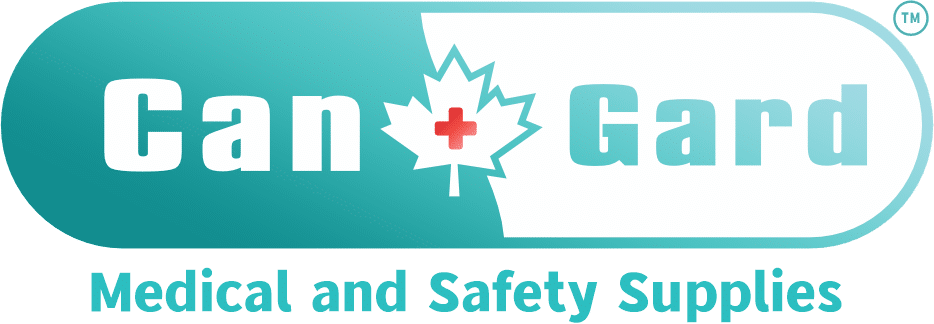Medical Industry
Understanding Syringes: Your Questions Answered
Syringes are an essential tool in the medical field, used for administering medications, drawing fluids, and injecting substances into the body. There are several different types of syringes, each with unique features and designed for specific purposes.
Understanding the different parts of a syringe and how to sterilize and use them properly is crucial for ensuring safety and effectiveness in healthcare settings. Here, we answer some of your most frequently asked questions so you can know more about these critical devices.
What Are Syringes Used For?
Syringes are commonly used to administer medications, including oral medications, intravenous (IV) medications and subcutaneous (under the skin) injections. They can also be used to draw fluids, such as blood or urine, from the body. Syringes can be used in a variety of medical settings, including hospitals, clinics, amongst dental supplies, and at home, with the guidance of a healthcare professional.
What Are The Main Types Of Syringes Used In A Medical Setting?
There are several types of syringes used in a medical setting, including:
- Insulin syringes: specifically designed for administering insulin injections and are typically smaller in size
- IV syringes: used to administer medications through an IV line
- Hypodermic syringes: used for injections into the muscle or under the skin
- Oral syringes: used for administering medications orally
In addition, these syringes may have a different construction and barrel type. Common syringe barrel types include:
- Luer lock: a syringe with a locking mechanism that helps secure the needle and prevent it from falling off.
- Normal slip tip: a standard syringe with a smooth, straight tip.
- Catheter tip: a syringe with a tapered, pointed tip designed for use in narrow or hard-to-reach areas.
- Eccentric tip: a syringe that has an off-center tip, which allows for more precise injection into specific areas of the body.
What Are The Different Parts Of A Syringe?
A basic syringe consists of a barrel, plunger, and detachable needle or tip. The barrel is the tube that holds the medication or fluid. The plunger is the rod that moves up and down inside the barrel, drawing fluid in or pushing it out. The needle is attached to the end of the barrel and is used to inject or withdraw fluids.
Which Part Of The Syringe Do You Read?
The markings on a syringe indicate the volume of fluid in the barrel. The numbers on the barrel are read from the bottom up, with the largest number at the bottom. These markings usually start at 0 mL and increment by 0.1 mL or 0.5 mL. The size of the syringe is determined by the total volume of fluid it can hold.
What Is The Difference Between A 2-Part & 3-Part Syringe?
A 2-part syringe consists of a barrel and plunger, while a 3-part syringe also includes a rubber gasket at the tip of the plunger to create a seal. Often, a silicone-based lubricant is needed with 3-part syringes to ensure the rubber doesn’t “grab” the sides of the barrel.
How Do I Properly Sterilize My Syringe Before And After Use?
It’s critical to properly sterilize medical syringes before and after use to prevent the transmission of infections. Before use, syringes should be washed with soap and water and then soaked in a disinfectant solution. After use, syringes should be properly disposed of to prevent reuse (in most cases).
Should There Be A Syringe In My First Aid Kit?
It’s a good idea to have a syringe in your first aid kit, and in particular, an irrigation syringe. These syringes are highly effective at cleaning hard-to-reach and complex wounds.
It’s also a good idea to have a syringe in your first aid kit for anyone that requires regular injections or has a medical condition that requires the use of a syringe. Make sure to include a variety of sizes and types of syringes to suit different needs if you’re stocking a workplace or commercial first aid kit.
What Are Syringe Filters Used For?
Syringe filters are small devices used to filter fluids and remove contaminants. They are commonly used in medical and laboratory settings to prepare samples for analysis, purify solutions, and remove particles from fluids.
What Are The Different Materials & Pore Sizes Available For Syringe Filters?
Several materials and pore sizes are available for syringe filters, including cellulose acetate, nylon, and polytetrafluoroethylene (PTFE). The pore size of the filter determines the size of the particles it can remove, with smaller pore sizes being able to remove smaller particles.
Where Can I Get High-Quality Medical Supplies?
You can find high-quality, medical-grade products right here at CanGard Medical and Safety Supplies. CanGard is a trusted provider of medical supplies and personal protective equipment (PPE), offering a wide range of products at competitive prices.
Contact our team to learn more about our offers and place a bulk order today!

